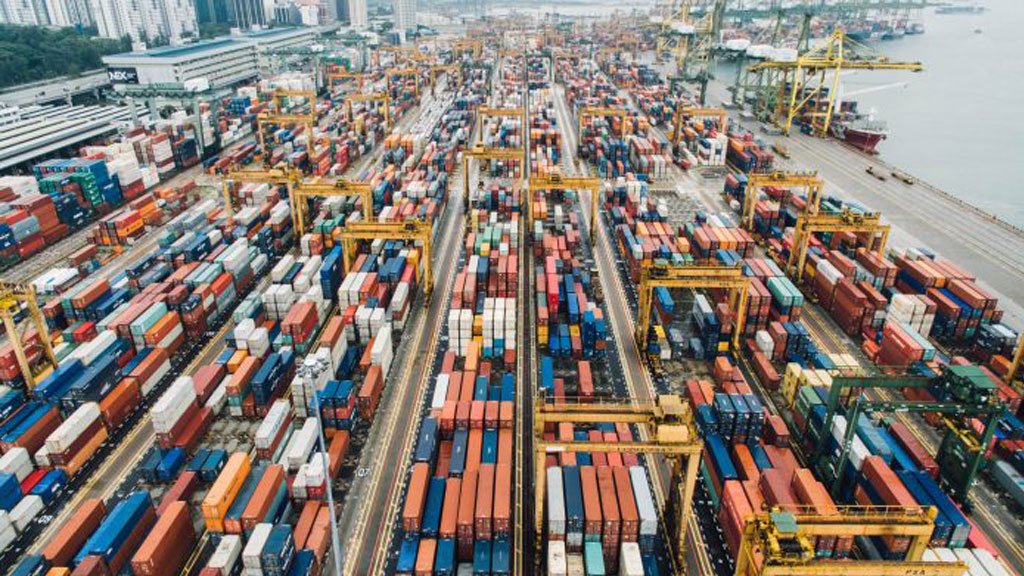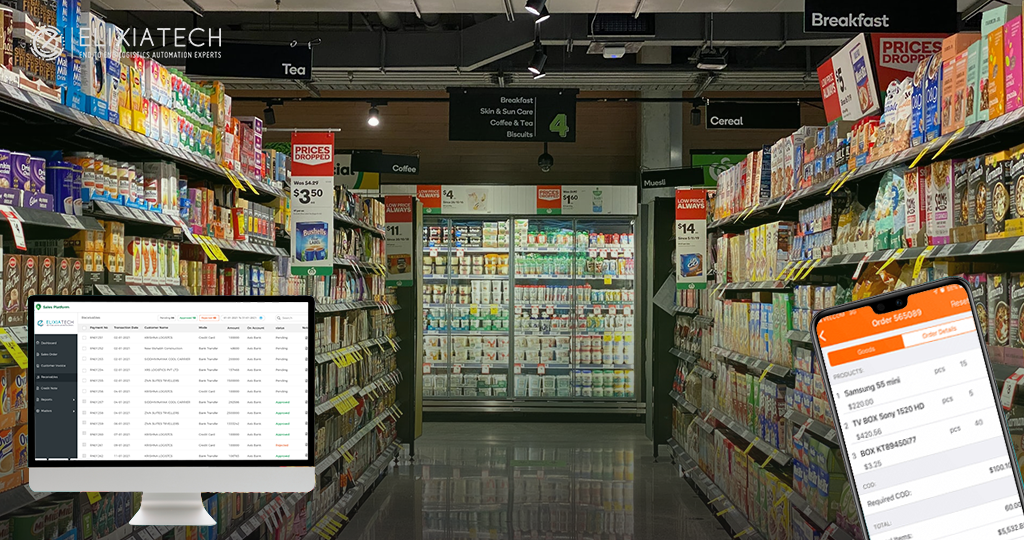
3 KEY CHALLENGES FACED BY SUPPLY CHAIN HEADS
Supply chain management is a critical function for any business that produces, sources, or distributes products. It is responsible for ensuring that the right products are delivered to the right place at the right time and at the right cost. The supply chain is a complex network of suppliers, manufacturers, distributors, and retailers that must work together seamlessly to meet customer demand. However, supply chain heads face several challenges due to unpredictability and low visibility that make their job difficult.
The Evolving Role of Supply Chain Heads
As per the Deloitte Industry 4.0 Investment Survey 2018, 62% of respondents said that the supply chain is one of the most prioritized functions for future digital investment, even more than product design, marketing, and sales. Additionally, 63% of respondents noted that they are already undergoing digital transformation efforts for their supply chains. It’s clear that the supply chain is a high-priority focus area for Supply Chain Heads.
Key Challenges faced by Supply Chain Heads
Supply Chain Heads must bring operational efficiencies and cost savings fundamentally into the line of their supply chains; increase revenue growth through better swiftness in their supply chain networks—from visibility to harmonizing to settlement; and empower their supply chain teams to focus on high-value work that enhances customer experiences.
Improving Efficiencies and Reducing Costs

Isolated parts of the supply chain, especially in the first-mile and last-mile shipping segments, are disruptive to supply chain operations. For example, from a port to a distribution center, trucks are not made available for immediate pickup or there may be unexpected traffic on the road. In such cases, these ground transportation delays can result in higher charges that quickly add up.
With in-transit, real-time, and end-to-end visibility, Supply Chain Heads can track their inventories at SKU levels. This empowers them to make informed decisions with precision thus boosting the efficiency of their supply chains and reducing costs.
Increasing Revenue Growth

The supply chain can no longer be viewed as a high-cost center where Supply Chain Heads are constantly trying to minimize costs, lower distribution center inventory and quickly ship in bulk. Now, they must ensure their supply chain’s key business enablers have increased speed to market and revenue growth.
Automation and acceleration of repetitive, manual tasks, including the financial settlement, allow Supply Chain Heads and their teams to do more strategic, high-value work. With an automated and adaptive supply chain, teams can put their focus on improving speed and service across multiple channels. Moreover, with smaller and more frequent replenishment cycles, teams can also accommodate shorter product lifecycles.
To transform their supply chains into revenue generators, they need to leverage the latest advancements in artificial intelligence (AI). AI delivers real value for supply chain management by extracting important data from customers, suppliers, and documents. It also helps in streamlining supply, demand, and inventory management. Data analysis and insight from AI create actionable business intelligence that drives continuous improvement across the supply chain.
Delivering Better Service and Customer Experiences

In this world of Amazon where customers are benchmarking service standards and expectations to Amazon, Supply Chain Heads must reinvent their logistics and fulfillment operations. If retailers are unable to meet customers’ demands then customers will switch to another retailer for their purchases. Furthermore, such customers may never come back due to low switching costs and high competition.
As buyers’ demands change, Heads need to have their supply chains adapt to them. Heads must ask themselves, “Do I have the right supply chain data and can I execute on that data?” Ultimately, they need a data-driven platform that allows them to forecast and respond to demands in real time. This can turn a reactive approach to supply chain visibility into a proactive one.
Some problems are competitors’ promotions and big in-stock seasonality needs. With predictive analytics, Supply Chain Heads can better understand the elasticity of demand for their products and respond accordingly before they occur.
AI-Enabled Supply Chain Transformation
To create sustainable growth and service delivery, Supply Chain Heads must create the vision and strategy for the deployment and adoption of advanced technologies. These technologies include artificial intelligence (AI), machine learning (ML), IoT, and blockchain.
Elixia Inc solutions empower drive AI-enabled digital transformation in their organizations. This helps them achieve better efficiency, agility, and flexibility.
Case Study: A Supply Chain Head at a leading FMCG major.
Like most manufacturers, this Supply Chain Head needed to improve service management and reduce costs. They chose ElixiaTech because of its advanced capabilities to automate the assignment of work orders. This drastically improves the company’s logistics efficiency and bottom line. The FMCG major initially had a Rate per Ton(RPT) of INR 7130 which was later reduced to INR 6054 after using Exilia Tech’s Intelligent Delivery Management software. This resulted in a total savings of INR 13 million through route optimization, heavy vehicle utilization, vendor share adherence, and utilization impact. Click here to read the whole case study.
To know more about Elixia’s Intelligent Delivery Orchestration Platform Clik here.



